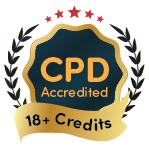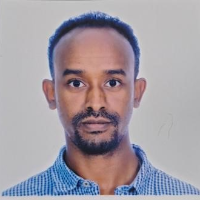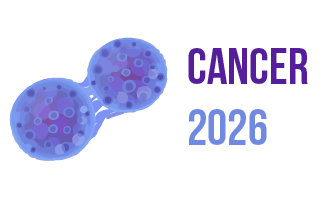4th International Conference on
Innovations and Advances in Cancer Research and Treatment
October 08-09, 2026 | Tokyo, Japan

Cancer 2026

, National Taiwan University of Science and Technology, Taiwan
Abstract:
Photothermal therapy (PTT) using thermal and tumor microenvironment-responsive reagents is promising for cancer treatment. This study demonstrates an effective PTT nanodrug consisting of hollow-structured, thermally sensitive polydopamine nanobowls (HPDA NB), molybdenum sulfide (MoS2) nanozyme, and tirapazamine (TPZ; a hypoxia-responsive drug), with a structure of HPDA@TPZ/MoS NBs, which is hereafter denoted as HPTZMoS NBs. With the Fenton-like activity, the HPTZMoS NBs in the presence of H2O2 catalyze the formation of hydroxyl radicals, providing chemodynamic therapy (CDT) effect and deactivating glutathione. Under acidic conditions, HPTZMoS NBs facilitate the release of sulfide ions (S2−) and TPZ, providing a combination of chemotherapy (CT) and hydrogen sulfide (H2S) gas therapy (GT). Under an 808-nm NIR laser irradiation, the HPTZMoS NBs efficiently convert photo energy to thermal energy, providing PTT and improved CDT, CT, and GT effects. Upon treatment with an NIR laser and H2O2, a synergistic effect leads to substantial tumor cell eradication. Additionally, HPTZMoS NBs disrupt vascular endothelial growth factor (VEGF-A165)-induced cell migration in human umbilical vein endothelial cells through its strong interaction with VEGF-A165. In vivo studies in 4T1-tumor-bearing mice confirm that HPTZMoS NBs induces significant tumor destruction through a combination of PTT, hyperthermia-induced CDT, GT, and CT pathways. This study presents a multifaceted, highly selective nanotherapy platform with potent anti-angiogenesis properties, holding significant promise for future clinical applications.
Biography:
Dr. Demissie has completed his PhD at the age of 32 years from National Taiwan University of Science and Technology, Taiwan. Since then, he has been working as a postdoctoral researcher in the department of Chemical engineering. He has published more than 30 papers in reputed journals and currently serving as an editorial board of Technology of Cancer Research.
